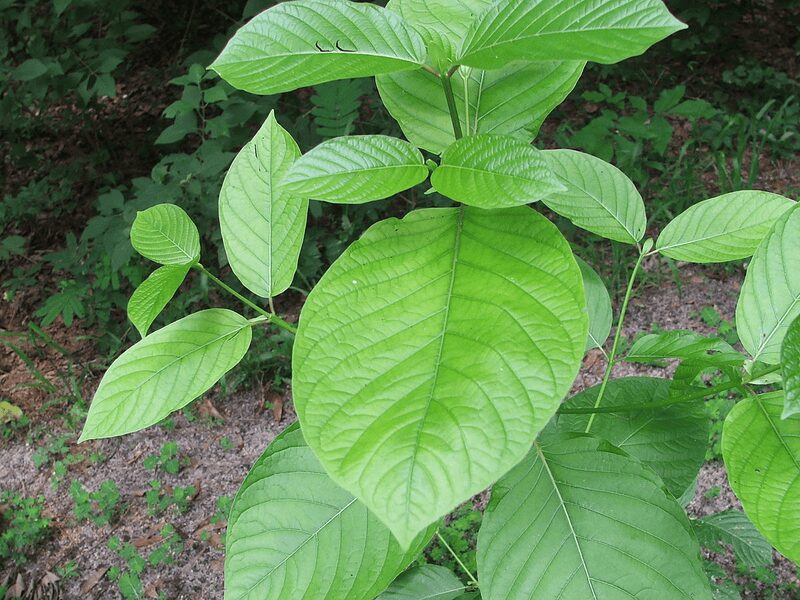Kratom, an herbal supplement derived from the leaves of the Mitragyna speciosa tree native to Southeast Asia, has become a subject of controversy and regulatory action in various parts of the United States, including San Diego. Despite kratom being legal at the state level in California, several local jurisdictions like San Diego have banned its sale and distribution. The reasons behind this local ban are rooted in public health concerns, particularly related to synthetic compounds found in some kratom products, safety risks, and the unregulated nature of the substance.
What is Kratom and Why is it Popular?
Kratom is commonly used as a powder or in pill form and marketed as a natural remedy to alleviate chronic pain, anxiety, and symptoms related to opioid withdrawal. Its stimulant effects at low doses and opioid-like sedative effects at higher doses have contributed to its popularity among those seeking alternatives to pharmaceutical opioids. Many users report feeling more alert and physically energized at low doses, but the opioid-like effects raise concerns about potential addiction.
The Role of 7-Hydroxymitragynine (7-OH)
One of the major reasons for the ban in San Diego is linked to 7-hydroxymitragynine or 7-OH, a potent alkaloid naturally present in kratom that binds to opioid receptors in the body. While 7-OH occurs naturally in kratom leaves, there has been a troubling rise in concentrated, synthetic 7-OH products. These synthetic versions can be significantly stronger than natural kratom and carry a high risk of addiction and overdose, with experts estimating 7-OH to be more than 10 times stronger than morphine.
The U.S. Food and Drug Administration (FDA) has not approved kratom for any medical use and is especially focused on regulating 7-OH. The agency raised alarms about the availability of synthetic 7-OH products marketed in appealing forms like fruit-flavored gummies and ice cream cones, often without clear labeling, making them particularly attractive and risky for minors.
Public Health Concerns and Local Government Actions
In the absence of statewide regulation in California, local governments have taken matters into their own hands. San Diego, along with cities like Newport Beach and Oceanside, has passed ordinances banning the sale, distribution, and possession of synthetic kratom and concentrated 7-OH products.
Health officials cite several potential health risks associated with kratom use, including high blood pressure, confusion, seizures, and even death, especially when used in combination with other substances like alcohol. Poison control centers reported over 3,400 kratom-related cases between 2014 and 2019, and deaths involving kratom exposure have been documented, though usually with other drug contaminants involved.
Moreover, the risk of developing opioid use disorder from kratom’s opioid-like properties adds to the concern, increasing the likelihood that users might move on to more potent opioids and face overdose risks.
Kratom is banned in San Diego due to public health concerns over its unpredictable effects and addiction risks, particularly involving synthetic additives like 7-hydroxymitragynine (7-OH). The city classified kratom under its Synthetic Drug Ordinance, citing cases of adverse health effects, potential misuse, and the lack of FDA approval or regulation. This ban aims to protect residents from safety hazards linked to high-potency synthetic kratom products and unregulated use, despite kratom being legal at the state level in California. San Diego’s action reflects precautionary measures in response to growing evidence and regulatory scrutiny surrounding kratom use.
Enforcement and Controversy
San Diego’s ban is part of a broader crackdown in California, where authorities have seized millions of dollars’ worth of kratom and related products citing public safety laws that prohibit the sale of unapproved or dangerous substances. The California Department of Public Health (CDPH) has placed embargoes on kratom products ahead of new regulations and is pursuing enforcement actions despite kratom not being explicitly banned statewide.
This crackdown has created controversy, with some advocacy groups decrying it as government overreach that unfairly impacts small businesses and consumers relying on kratom for harm reduction. Critics argue for clearer federal regulation to distinguish between natural kratom leaf and dangerous synthetic versions so that consumers can have safe access to natural products. In cases of deaths and injuries in California, a kratom lawyer can help families pursue justice and compensation.
Conclusion
San Diego’s ban on kratom stems from pressing public health concerns, especially regarding synthetic and highly concentrated 7-OH products that pose serious addiction and overdose risks. While kratom itself is not banned at the state level in California, the lack of regulation combined with increasing local actions reflects ongoing tensions between ensuring consumer safety and access to alternative remedies. As scientific understanding and federal regulations evolve, localities like San Diego are acting to mitigate risks posed by these potent substances. You can learn more about California kratom laws by reading further. If you or a loved one has been harmed by kratom, contact us today for a free case evaluation.
This situation emphasizes the importance of cautious regulation in balancing public health interests with consumer access to herbal supplements like kratom.

